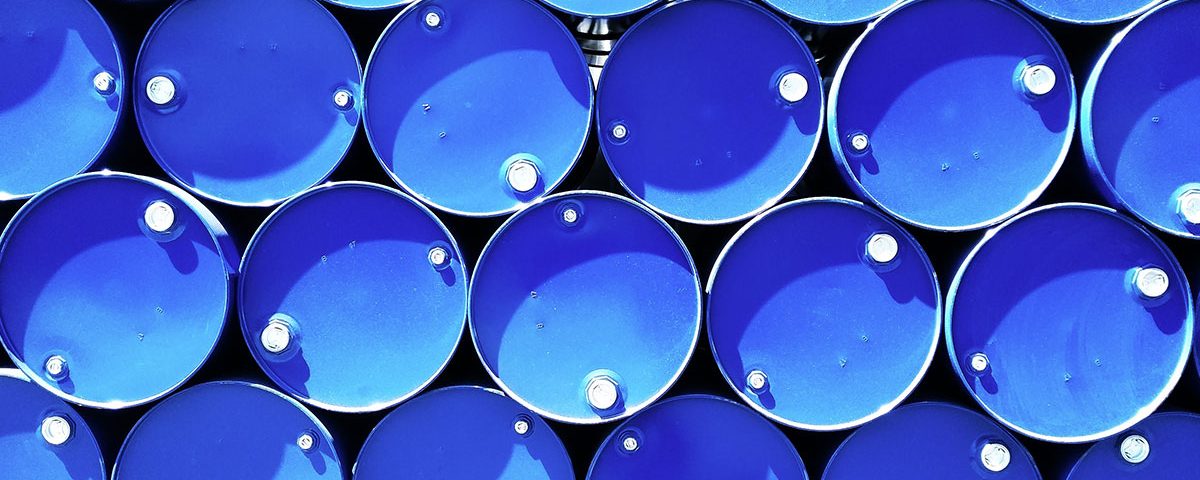The transport of dangerous goods (ADR) includes all the logistics related to the transfer and handling of such materials, which includes different types of vehicles, distances and procedures to be followed according to each situation. All these processes are framed within the existing regulations that govern all related activities; in addition to these rules to be followed in order to carry out their development without any type of incidence, there are a series of applicable exemptions that take into account very specific variables.
First of all, the nature of the transport operation must be considered; there are cases in which the transfer of certain materials is reduced to very small quantities (stipulated in quantities according to their typology) that correspond to the supply of individuals in their retail sale; in this case it is taken into account that the person in charge of carrying out such transport will know and apply the necessary anti-leakage measures to avoid accidents under normal transport conditions. Also included in this category would be those items of machinery that, despite including parts that include certain potentially dangerous goods, their presence is reduced to a part, not a whole, and the necessary measures will be taken for their removal.
There are many other exemptions of this type: some relate to emergency situations, requiring specific materials to save human lives or to cover an environmental risk situation; as always, in all these cases, it is assumed that the necessary measures have been taken to carry out such transports without incurring further problems. The same would apply, for example, to the transport of packaging or tanks that have contained dangerous goods.
In specific materials, there are also new exemptions that companies involved in ADR transport take into account. In the case of gas transport, there are other situations that limit the action of the usual regulations: gases contained in the fuel tanks of vehicles from which they are transported, for example. In these cases, the stopcock separating the tank and the motor is closed and the electrical contact is disconnected, thus avoiding possible accidents resulting in an explosion; not to mention the gases contained in many types of beverages, food and objects such as sports balls, the transfer of which does not pose a danger.
On the other hand, liquid fuels (excluding those used for the propulsion and operation of the transport itself and which are reduced to limited quantities) are also exempted when they constitute the actual contents of the cargo. On these occasions, they are subject to specific quantities and safety measures have been applied to avoid problems, such as vertical loading or correct securing in the transport method.
